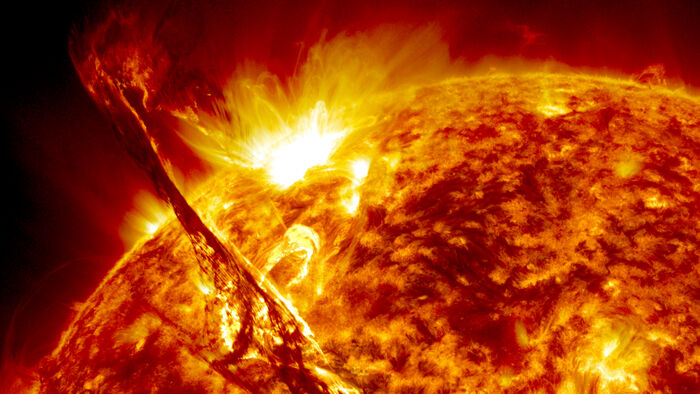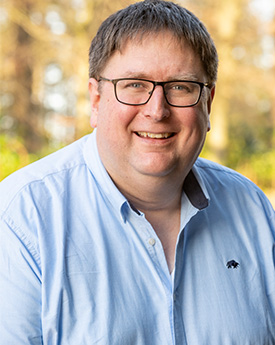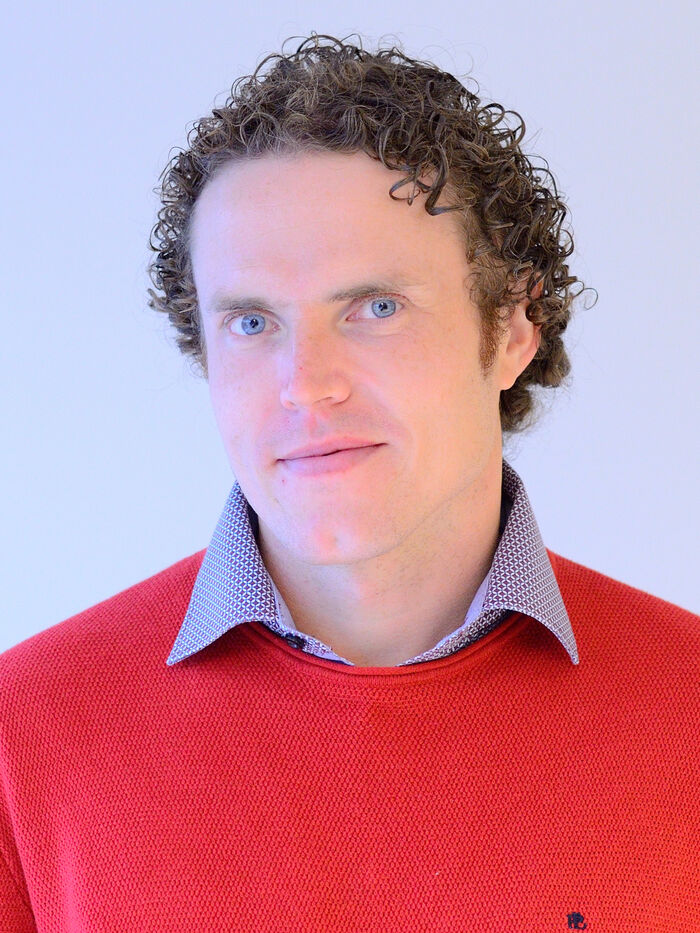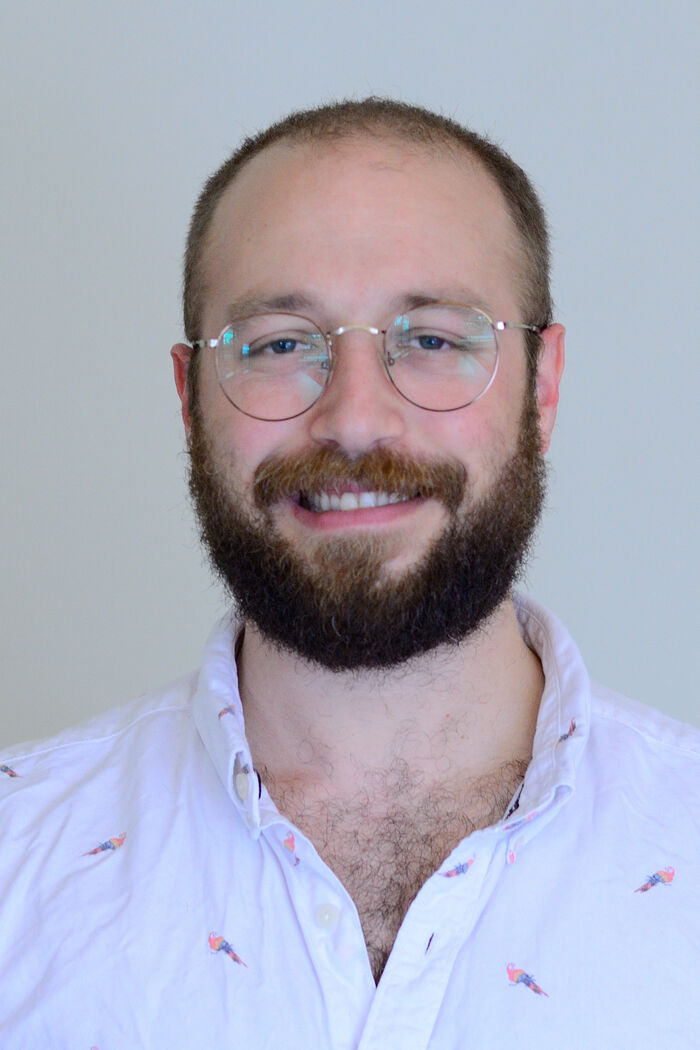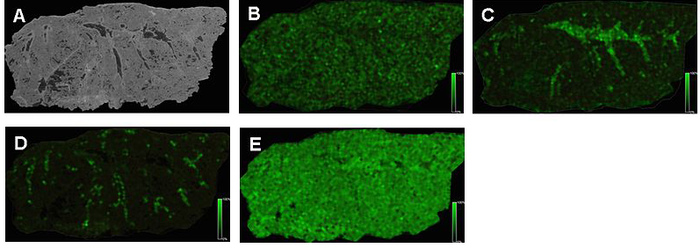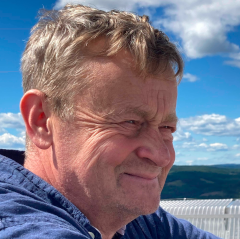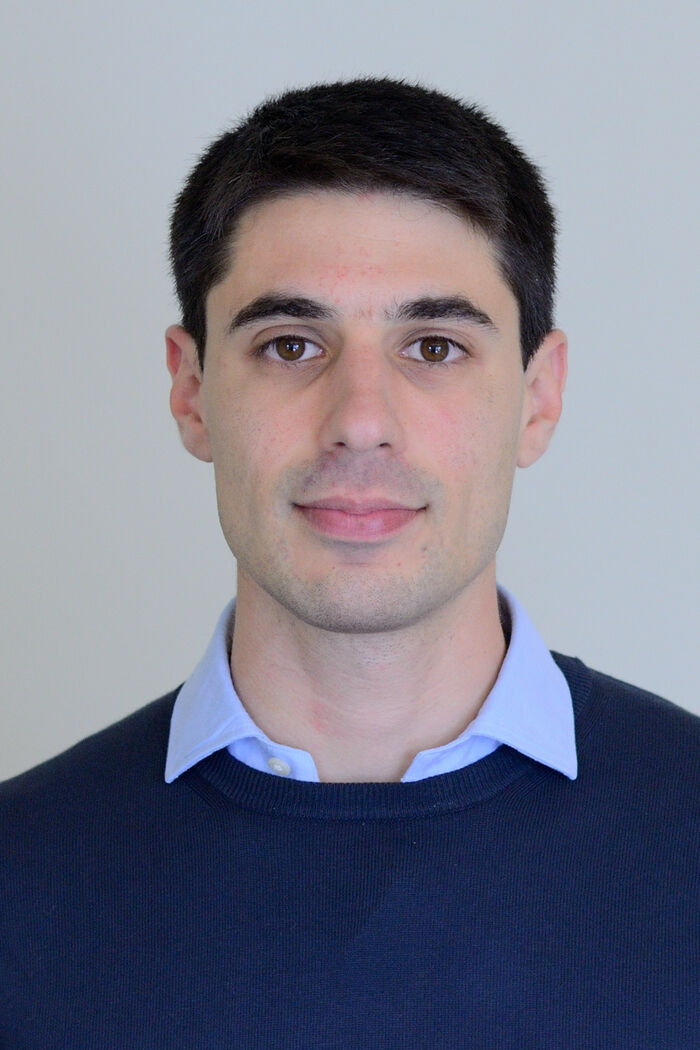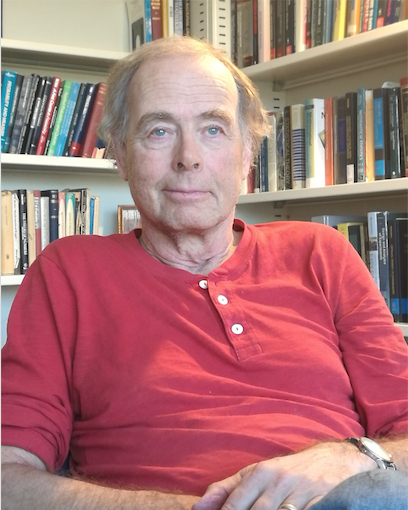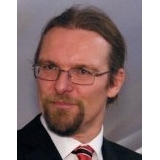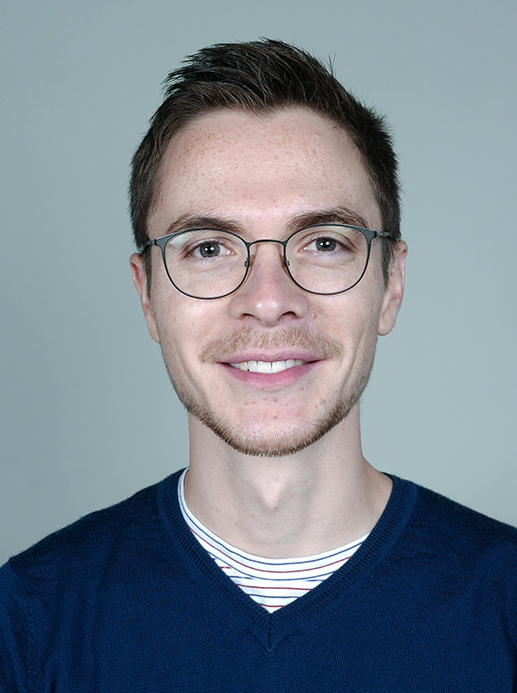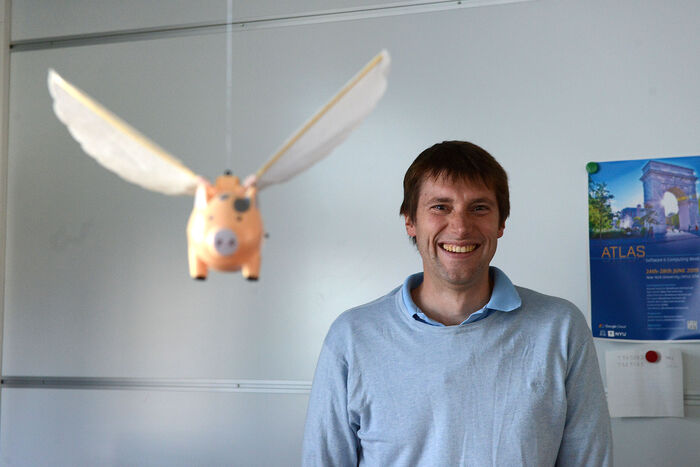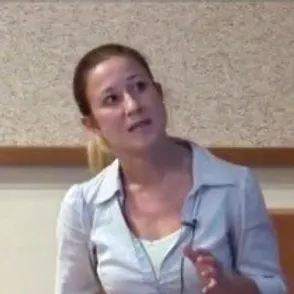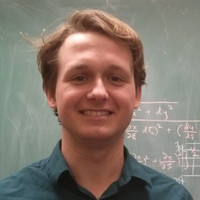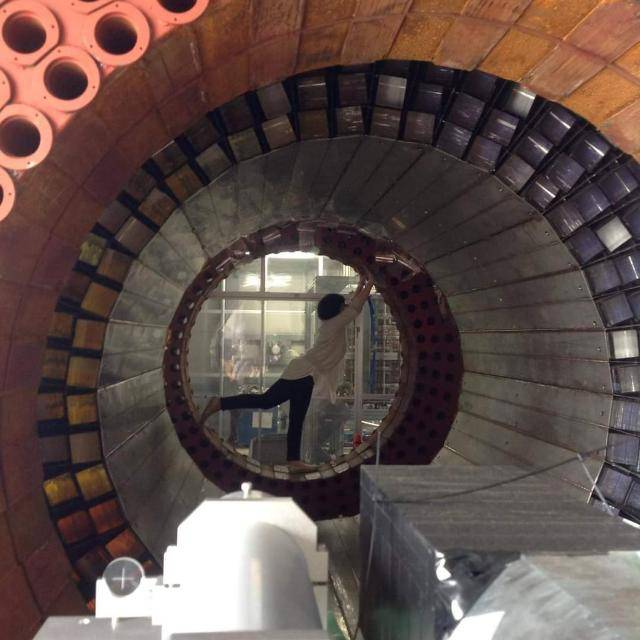Tidligere gjesteforelesninger og seminarer - Side 9
Til minne om Norges fremste astrofysiker og grunnlegger av Institutt for teoretisk astrofysikk, professor Svein Rosseland (1894 – 1985), arrangerer Institutt for teoretisk astrofysikk hvert år en Rosselandforelesning.
This talk will introduce a recent suite of research focussed on the statistical detection of anomalous structure in online data settings. The challenge of efficiently identifying anomalies in data sequences is an important statistical problem that now arises in many applications. Whilst there has been substantial work aimed at making statistical analyses robust to outliers, or point anomalies, there has been much less work on detecting anomalous segments, or collective anomalies, particularly in those settings where point anomalies might also occur. This is the challenge we seek to address, demonstrating theoretical results in both the offline and online settings as well as introducing some applied case studies.
Øystein Håvard Færder, Ph.D. student at Rosseland Centre for Solar Physics, University of Oslo.
C*-algebra seminar talk by Makoto Yamashita (University of Oslo)
By Alexander Eiler, University of Oslo, IBV, AQUA. Note the time.
Duncan Watts, Postdoctoral Fellow at Institute of Theoretical Astrophysics, University of Oslo.
Felleskollokvium by Oskar Idland, Ralv G. S. Holmsen, and Jannik Eschler, Dept. of Physics, UiO
Welcome to the next seminar of the semester, where we will host a talk by Sebastian Krossa (Senior Engineer, MR Core Facility, Department of Circulation and Medical Imaging, NTNU).
We discuss discretizations and solvers for a class of numerical methods for convection diffusion equations in arbitrary spatial dimensions. Targeted applications include the Nernst-Plank equations for transport of species in a charged media. We illustrate how such exponentially fitted methods are derived. A main step in proving error estimates is showing unisolvence for the quasi-polynomial spaces of differential forms defined as weighted spaces of differential forms with polynomial coefficients. We show that the unisolvent set of functionals for such spaces on a simplex in any spatial dimension is the same as the set of such functionals used for the polynomial spaces. We are able to prove our results without the use of Stokes' Theorem, which is the standard tool in showing the unisolvence of functionals in polynomial spaces of differential forms.
This is joint work with Shuonan Wu (Beijing University)
Davide Decataldo, Postdoctoral Fellow at Institute of Theoretical Astrophysics, University of Oslo.
I will talk about some new examples of varieties where the coniveau and strong coniveau filtrations are different. This is joint work with Jørgen Vold Rennemo.
Douglas Wiens (Department of Mathematics and Statistical Sciences, University of Alberta, CAN) will give a talk on Wednesday April 19th at 14:15 in the Erling Sverdrups plass, Niels Henrik Abels hus, 8th floor.
Operator algebra seminar by Alexander Müller-Hermes (University of Oslo)
Welcome to the next seminar of the semester, where we will host a talk by Synne Bjørnestad (Doctoral Research Fellow, Progida Group, FYSCELL, IBV)
Variable selection methods based on L0 penalties have excellent theoretical properties to select sparse models in a high-dimensional setting. There exist modifications of BIC which either control the family wise error rate (mBIC) or the false discovery rate (mBIC2) in terms of which regressors are selected to enter a model. However, the minimization of L0 penalties comprises a mixed integer problem which is known to be NP hard and therefore becomes computationally challenging with increasing numbers of regressor variables. This is one reason why alternatives like the LASSO have become so popular, which involve convex optimization problems which are easier to solve. The last few years have seen some real progress in developing new algorithms to minimize L0 penalties. We will compare the performance of these algorithms in terms of minimizing L0 based selection criteria.
Simulation studies covering a wide range of scenarios which are inspired by genetic association studies are used to compare the values of selection criteria obtained with different algorithms. Additionally some statistical characteristics of the selected models and the runtime of algorithms are compared.
Nicolas Poirier, Ph.D. fellow at Rosseland Centre for Solar Physics, University of Oslo.
Felleskollokvium by Dr. James Catmore, Dept. of Physics, UiO
Lecturer: Christa Cuchiero (University of Vienna)
QOMBINE seminar talk by Vebjørn Hallberg Bakkestuen (UiO)
By Ken A. Thompson from Stanford University, USA
Constructing fast solution schemes often involves deciding which errors are acceptable and which approximations can be made for the sake of computational efficiency. Herein, we consider a mixed formulation of Darcy flow in porous media and take the perspective that the physical law of mass conservation is significantly more important than the constitutive relationship, i.e. Darcy's law. From this point of view, we propose an inexact solution technique that nevertheless guarantees local mass conservation. The method is based on first solving the mass balance equation and then computing a solenoidal correction using the curl of a potential field. We extend the method to flows in fractured porous media and present numerical experiments that indicate the efficiency of the scheme.
Azusa Inoue, PhD candidate at Research Center for Nuclear Physics (RCNP), Osaka University, Japan.
Fano manifolds are complex projective manifolds having positive first Chern class. The positivity condition on the first Chern class has far reaching geometric and arithmetic implications. For instance, Fano manifolds are covered by rational curves, and families of Fano manifolds over one dimensional bases always admit holomorphic sections. In recent years, there has been some effort towards defining suitable higher analogues of the Fano condition. Higher Fano manifolds are expected to enjoy stronger versions of several of the nice properties of Fano manifolds.
In this talk, I will discuss higher Fano manifolds which are defined in terms of positivity of higher Chern characters. After a brief survey of what is currently known, I will present recent joint work with Carolina Araujo, Roya Beheshti, Kelly Jabbusch, Svetlana Makarova, Enrica Mazzon and Nivedita Viswanathan, regarding toric higher Fano manifolds. I will explain a strategy towards proving that projective spaces are the only higher Fano manifolds among smooth projective toric varieties.
